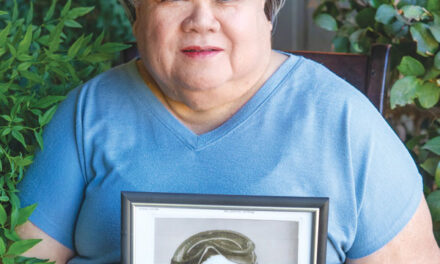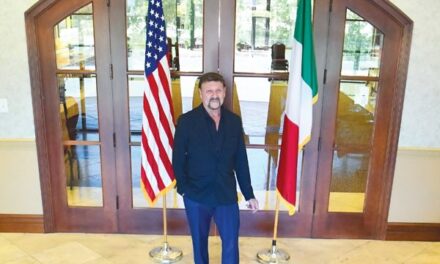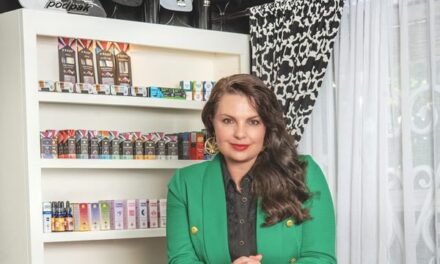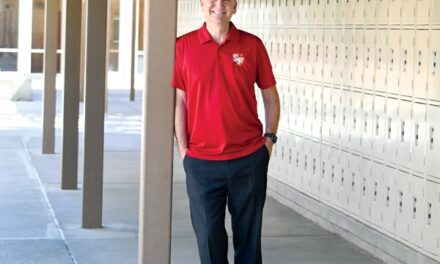Mayor Kevin Johnson was not a soccer fan. He found the game foreign and silly, a bunch of people kicking a ball around and rarely scoring. Not like basketball. But Johnson was the first Sacramento politician to embrace the idea of bringing Major League Soccer to the Downtown railyards.
He saw the possibilities. Forget the game, he said. This is about economic development.
The problem was money. A professional soccer stadium could be an economic catalyst for the railyards, a 240-acre parcel that evaded development for more than two decades thanks to environmental and access problems.
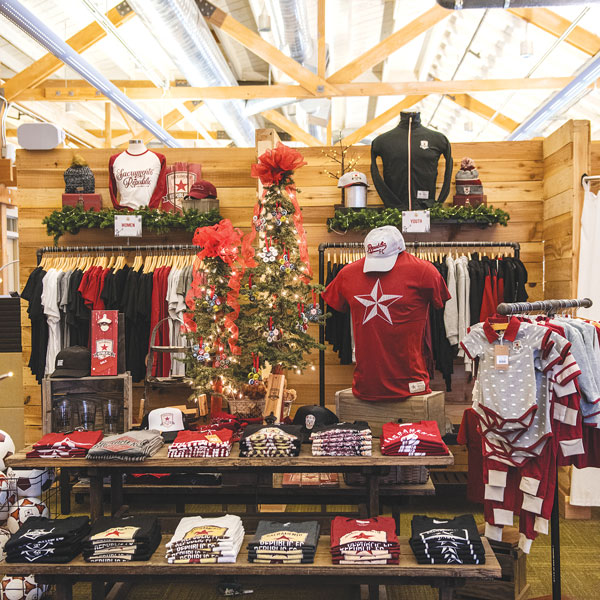
Trouble was, no one would build an MLS stadium at the railyards without help from the city. And the city’s gift bag was empty. A huge chunk of Sacramento’s bonding capacity was locked into the $477 million Golden 1 Center.
“I do not have an appetite to provide tax dollars to build a soccer stadium,” Johnson said in 2014.
Today, appetites have changed. Tax dollars have magically appeared. They are camouflaged as infrastructure (streets, stop lights, sewer and water pipes), permit-fee waivers and loans masquerading as tax incentives.
While Sacramento cheers its 2022 entry into the MLS, the city is a business partner in the deal, on the hook for at least $33 million worth of incentives, including a $27.2 million loan to soccer promoters. Every dollar counts, even when the promoter is billionaire Ron Burkle.
Johnson lacked the appetite to throw tax dollars at soccer, but his successor, Darrell Steinberg, has no such reluctance. Steinberg is an old pro who learned his tricks at the State Capitol. He’s skilled at finding ways to make tax dollars dance and twirl and disappear behind closed doors.
In his dealings with Burkle and the MLS, Steinberg made commitments of city funds without authority—no City Council approval, no public discussion. The city joined the MLS in a private transaction based on Steinberg’s promise to deliver taxpayer assistance to Burkle. Formal approval would come later.
What is Sacramento buying? There’s the economic catalyst assumption identified by Johnson. And there’s the prestige of being part of the MLS. Neither is a sure bet.
Since the departure of Southern Pacific, the railyards have been big on promise and absent on delivery. Rail tracks and obsolete old buildings physically disrupt the area, despite new bridges and streets. Creating an entertainment zone around a soccer stadium near Richards Boulevard will not be a snap.
As for the MLS, it’s minor league in every aspect. There are at least nine nations with better soccer leagues: England, Spain, Germany, Brazil, Italy, Argentina, Holland, France and Mexico. Top players don’t acknowledge the MLS until they want a soft landing near retirement. (In desperate maneuvers, two MLS teams signed 14-year-old players.)
League status is reflected in salaries. The highest-paid NBA star, Warriors guard Stephen Curry, makes $40 million a year. Seattle quarterback Russell Wilson gets $35 million. L.A. Angels outfielder Mike Trout received $33 million last season.
In the MLS, the top salary is $7.2 million paid to L.A. Galaxy striker Zlatan Ibrahimovic, age 38.
And Ibrahimovic is no fan of the MLS. When he arrived after a stellar career in Sweden, Holland, Italy, Spain, France and England, he notoriously took out a full-page newspaper ad that read, “Dear Los Angeles, you’re welcome.”
After Galaxy was eliminated from the MLS playoffs this fall, Ibrahimovic said he was done with the league. “I came, I saw, I conquered,” he tweeted. “You are welcome… now go back to watch baseball.”
He’s got a point. Watching Republic FC in the MLS in 2022 will be like watching the minor-league River Cats (who get no financial help from Sacramento). The Cats and Republic will compete for fans and sponsors. Good luck to both.
R.E. Graswich can be reached at regraswich@icloud.com. Follow us on Facebook, Twitter and Instagram: @insidesacramento.com.







